Nurudin Alvarez-Gonzalez
Improving Subgraph-GNNs via Edge-Level Ego-Network Encodings
Dec 10, 2023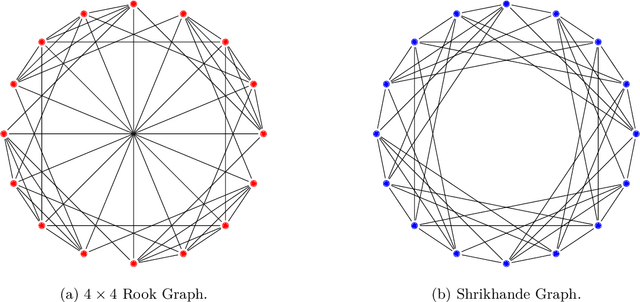

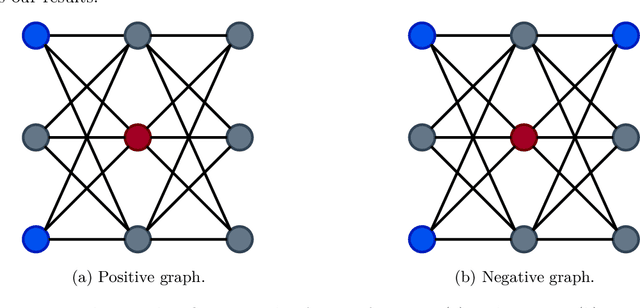
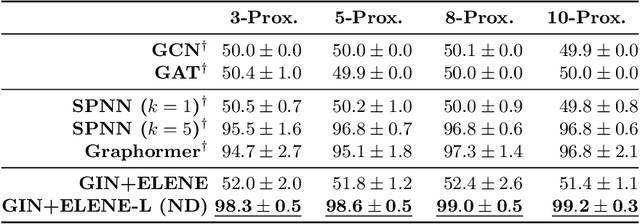
Abstract:We present a novel edge-level ego-network encoding for learning on graphs that can boost Message Passing Graph Neural Networks (MP-GNNs) by providing additional node and edge features or extending message-passing formats. The proposed encoding is sufficient to distinguish Strongly Regular Graphs, a family of challenging 3-WL equivalent graphs. We show theoretically that such encoding is more expressive than node-based sub-graph MP-GNNs. In an empirical evaluation on four benchmarks with 10 graph datasets, our results match or improve previous baselines on expressivity, graph classification, graph regression, and proximity tasks -- while reducing memory usage by 18.1x in certain real-world settings.
Beyond 1-WL with Local Ego-Network Encodings
Dec 07, 2022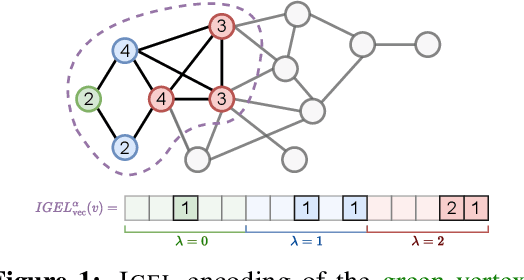
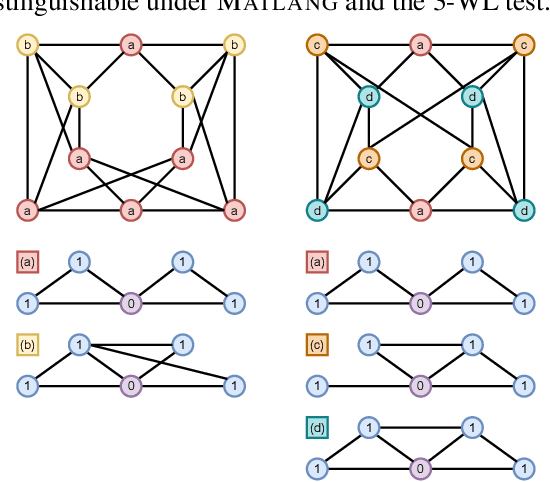

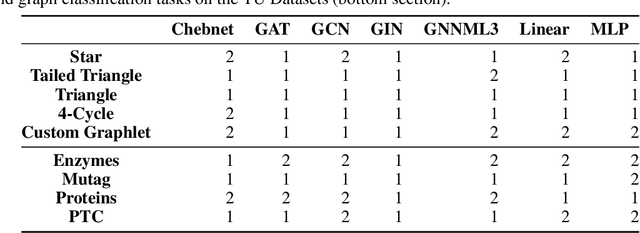
Abstract:Identifying similar network structures is key to capture graph isomorphisms and learn representations that exploit structural information encoded in graph data. This work shows that ego-networks can produce a structural encoding scheme for arbitrary graphs with greater expressivity than the Weisfeiler-Lehman (1-WL) test. We introduce IGEL, a preprocessing step to produce features that augment node representations by encoding ego-networks into sparse vectors that enrich Message Passing (MP) Graph Neural Networks (GNNs) beyond 1-WL expressivity. We describe formally the relation between IGEL and 1-WL, and characterize its expressive power and limitations. Experiments show that IGEL matches the empirical expressivity of state-of-the-art methods on isomorphism detection while improving performance on seven GNN architectures.
Uncovering the Limits of Text-based Emotion Detection
Sep 04, 2021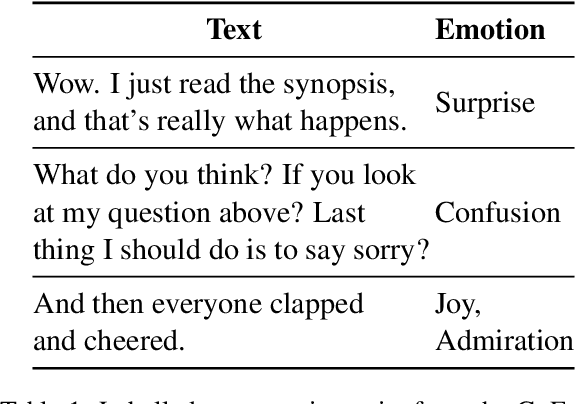
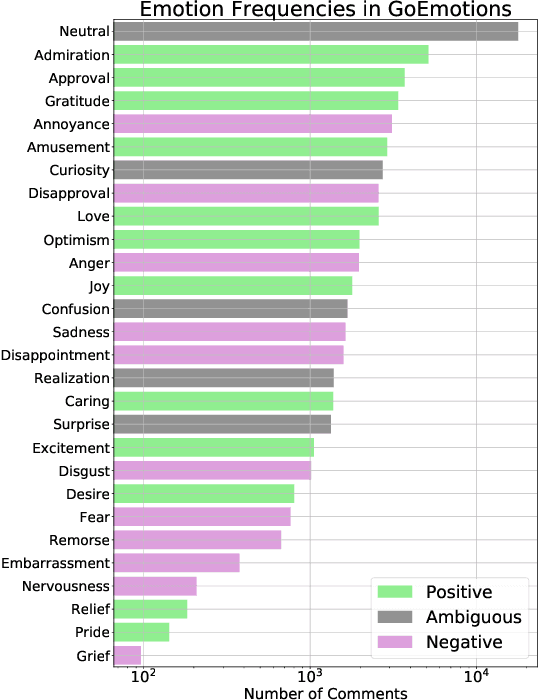
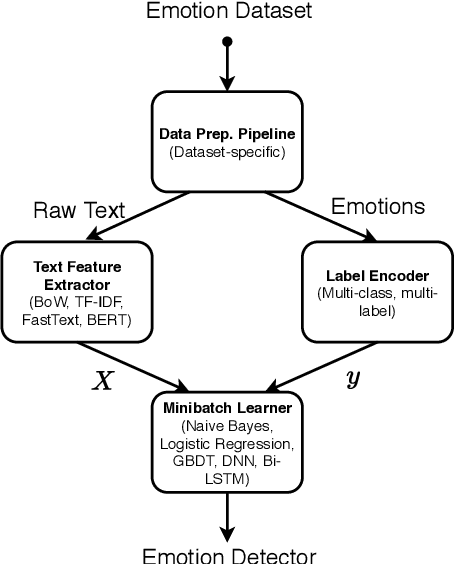
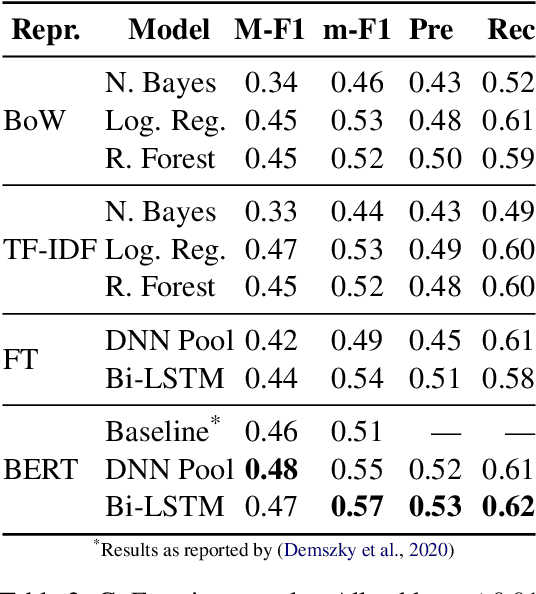
Abstract:Identifying emotions from text is crucial for a variety of real world tasks. We consider the two largest now-available corpora for emotion classification: GoEmotions, with 58k messages labelled by readers, and Vent, with 33M writer-labelled messages. We design a benchmark and evaluate several feature spaces and learning algorithms, including two simple yet novel models on top of BERT that outperform previous strong baselines on GoEmotions. Through an experiment with human participants, we also analyze the differences between how writers express emotions and how readers perceive them. Our results suggest that emotions expressed by writers are harder to identify than emotions that readers perceive. We share a public web interface for researchers to explore our models.
Inductive Graph Embeddings through Locality Encodings
Sep 26, 2020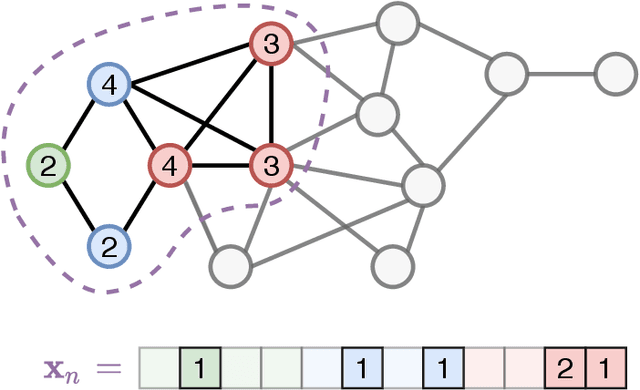


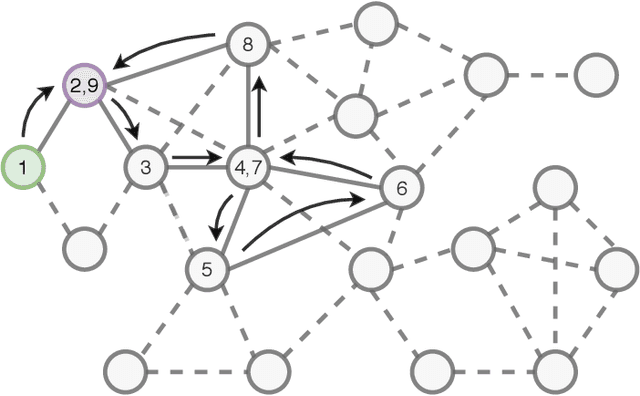
Abstract:Learning embeddings from large-scale networks is an open challenge. Despite the overwhelming number of existing methods, is is unclear how to exploit network structure in a way that generalizes easily to unseen nodes, edges or graphs. In this work, we look at the problem of finding inductive network embeddings in large networks without domain-dependent node/edge attributes. We propose to use a set of basic predefined local encodings as the basis of a learning algorithm. In particular, we consider the degree frequencies at different distances from a node, which can be computed efficiently for relatively short distances and a large number of nodes. Interestingly, the resulting embeddings generalize well across unseen or distant regions in the network, both in unsupervised settings, when combined with language model learning, as well as in supervised tasks, when used as additional features in a neural network. Despite its simplicity, this method achieves state-of-the-art performance in tasks such as role detection, link prediction and node classification, and represents an inductive network embedding method directly applicable to large unattributed networks.
 Add to Chrome
Add to Chrome Add to Firefox
Add to Firefox Add to Edge
Add to Edge